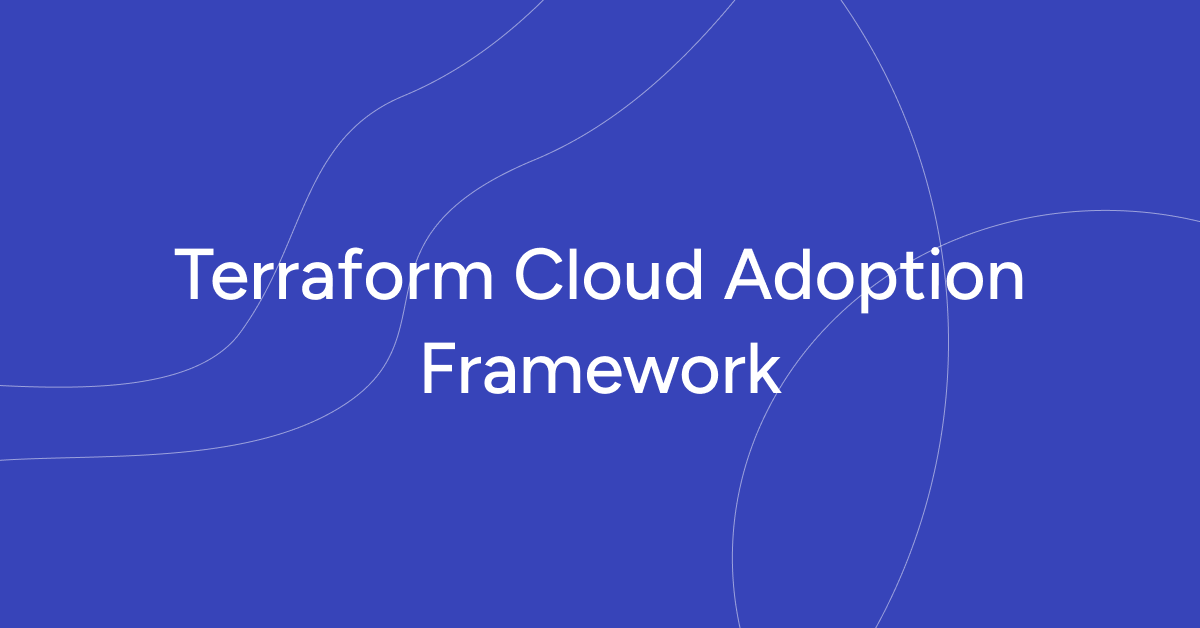The advent of cloud computing has ushered in a new era of opportunities and challenges for organizations of all sizes. Database migration, once an infrequent event, has become a routine operation as businesses seek to harness the scalability, flexibility, and cost-efficiency offered by the cloud.
As a Cloud Architect, I have witnessed firsthand the profound impact that well-executed database migration can have on an organization’s agility and competitiveness. Whether you are contemplating a journey to the cloud, considering a move between cloud providers, or strategizing a hybrid approach that combines on-premises and cloud resources, this article is your compass for navigating the complex terrain of database migration.
The Many Faces of Database Migration
On-Premises to Cloud Migration
This migration type involves moving a database from an on-premises data center to a cloud-based environment. Organizations often do this to leverage the scalability, flexibility, and cost-effectiveness of cloud services.
Challenges: Data security, network connectivity, data transfer speeds, and ensuring that the cloud infrastructure is properly configured.
Cloud-to-Cloud Migration
Cloud-to-cloud migration refers to moving a database and associated applications from one cloud provider’s platform to another cloud provider’s platform. Organizations might do this for reasons such as cost optimization, better service offerings, or compliance requirements.
Challenges: Ensuring compatibility between the source and target cloud platforms, data transfer methods, and potential differences in cloud services and features.
Hybrid Migration
In a hybrid migration, the database remains on-premises while the application or part of the application infrastructure is hosted in the cloud. This approach is chosen for flexibility, cost savings, or to gradually transition to the cloud.
When data needs to be stored in compliance with specific regulations or legal requirements, it often necessitates a setup where the database resides on-premises or in a specific geographic location while the application is hosted in the cloud. This approach ensures that sensitive data remains within the jurisdiction where it’s legally required.
Challenges: Integrating on-premises and cloud components, managing data synchronization and access between them, and addressing potential latency issues.
Each of these migration types has its own set of considerations and challenges, and organizations choose them based on their specific needs, goals, and IT strategies.
The example of a hybrid database deployment with an app in the cloud and a database on-premises
A pharmaceutical software company, PharmaTech, is developing and providing software solutions for pharmacies in Norway. Norwegian data protection laws mandate that sensitive patient information, such as prescription records and patient details, must be stored within Norway’s borders.
PharmaTech wants to utilize cloud services for their software application due to scalability and accessibility benefits, but they need to ensure that patient data complies with data residency regulations.
Implementation:
- Database Location:
PharmaTech establishes a dedicated data center or utilizes a third-party data center within Norway to host their on-premises database. This data center is set up with robust security measures and regular compliance audits.
- Application Hosting:
PharmaTech chooses a cloud service provider with a data center in Frankfurt, Germany, which offers high-performance cloud services.
They deploy their software application and related services (web servers, APIs, etc.) on the cloud infrastructure in Frankfurt. This cloud region provides the necessary resources for application scalability and availability.
- Data Synchronization:
PharmaTech implements a secure data synchronization mechanism between the on-premises database in Norway and the cloud-based application in Frankfurt.
Data synchronization includes encryption of data during transit and at rest to ensure data security during the transfer process.
- Latency Management:
To address potential latency issues due to the geographical separation of the database and application, PharmaTech optimizes their application code and uses content delivery networks (CDNs) to cache frequently accessed data closer to end-users in Norway.
- Backup and Disaster Recovery:
PharmaTech establishes a comprehensive backup and disaster recovery plan for both the on-premises database and the cloud-hosted application. This includes regular backups, off-site storage, and disaster recovery testing.
- Data Access Controls:
Robust access controls, authentication, and authorization mechanisms are implemented to ensure that only authorized personnel can access sensitive patient data. This includes role-based access control and auditing.
Benefits:
- PharmaTech successfully balances the advantages of cloud computing, such as scalability and cost-effectiveness, with the need to comply with strict data residency regulations.
- Patient data remains securely stored within Norway, addressing legal requirements and building trust with customers.
- The cloud-based application can easily scale to accommodate increasing demand without major infrastructure investments.
- Data security and compliance are maintained through encryption, access controls, and regular audits.
- This hybrid approach allows PharmaTech to deliver a reliable and compliant pharmaceutical software solution while taking advantage of cloud technology for their application’s performance and scalability.
? Discover the Power of CI/CD Services with Gart Solutions – Elevate Your DevOps Workflow!
Key Objectives of Database Migration: Meeting Client Needs
Clients turn to Gart for database migration services with specific objectives in mind, including:
High Availability (HA)
Gart specializes in ensuring that clients’ databases remain highly available, minimizing downtime and disruptions. HA is crucial to maintain business operations, and our migration strategies prioritize seamless failover and redundancy.
Fault Tolerance
Clients trust Gart to design and execute migration plans that enhance fault tolerance. We implement resilient architectures to withstand failures, ensuring data and applications remain accessible even in adverse conditions.
Performance Enhancement
One of the primary goals of database migration is often to boost performance. Gart’s expertise lies in optimizing databases for speed and efficiency, whether it involves query optimization, index tuning, or hardware upgrades.
Scaling Solutions
As businesses grow, their data requirements expand. Gart helps clients seamlessly scale their databases, whether vertically (upgrading resources within the same server) or horizontally (adding more servers), to accommodate increased data loads and user demands.
Cost Optimization
Gart recognizes the significance of cost efficiency in IT operations. We work closely with clients to migrate databases in ways that reduce operational costs, whether through resource consolidation, cloud adoption, or streamlined workflows.
In essence, clients approach Gart for database migration services because we align our strategies with these crucial objectives. We understand that achieving high availability, fault tolerance, performance improvements, seamless scaling, and cost optimization are integral to modernizing database systems and ensuring they remain agile and cost-effective assets for businesses. Our expertise in addressing these objectives sets us apart as a trusted partner in the realm of database migrations.
Diverse Database Expertise
At Gart, our expertise extends across a diverse array of database types, allowing us to tailor solutions to meet your unique needs. We excel in managing and optimizing various types of databases, including:
SQL Databases
Relational Databases: These structured databases, such as MySQL, PostgreSQL, and Microsoft SQL Server, store data in tables with well-defined schemas. They are known for their data consistency, transaction support, and powerful querying capabilities.
NoSQL Databases
Document Stores: Databases like MongoDB and Couchbase excel at handling unstructured or semi-structured data, making them ideal for scenarios where flexibility is key.
Key-Value Stores: Redis and Riak are examples of databases optimized for simple read and write operations, often used for caching and real-time applications.
Column-Family Stores: Apache Cassandra and HBase are designed for handling vast amounts of data across distributed clusters, making them suitable for big data and scalability needs.
Graph Databases: Neo4j and Amazon Neptune are built for managing highly interconnected data, making them valuable for applications involving complex relationships.
In-Memory Databases
In-Memory Database Management Systems (IMDBMS): These databases, like Redis, Memcached, and SAP HANA, store data in main memory rather than on disk. This results in lightning-fast read and write operations, making them ideal for applications requiring real-time data processing.
NewSQL Databases
NewSQL databases, such as Google Spanner and CockroachDB, combine the scalability of NoSQL databases with the ACID compliance of traditional SQL databases. They are particularly useful for globally distributed applications.
Time-Series Databases
Time-Series Databases, like InfluxDB and OpenTSDB, are designed for efficiently storing and querying time-series data, making them essential for applications involving IoT, monitoring, and analytics.
Search Engines
Search Engines, including Elasticsearch and Apache Solr, are employed for full-text search capabilities, powering applications that require robust search functionality.
Object Stores
Object Stores, such as Amazon S3 and Azure Blob Storage, are specialized for storing and retrieving unstructured data, often used for scalable data storage in cloud environments.
No matter the type of database, Gart is equipped to handle the complexities, performance optimizations, and data management challenges associated with each. We’ll work closely with you to select the right database solution that aligns with your specific requirements, ensuring your data infrastructure operates at its best.
What We Do
Infrastructure Analysis
We conduct a thorough analysis of your infrastructure to understand your current setup and identify areas for improvement.
Traffic Analysis
Our experts analyze your network traffic to optimize data flow, reduce latency, and enhance overall network performance.
Security Analysis
Ensuring the security of your systems is paramount. We perform in-depth security analyses to identify vulnerabilities, ensure compliance with security standards, and implement robust security measures.
We ensure that your systems and databases meet security standards. This involves setting up replication for data redundancy, managing access controls to protect data, and ensuring compliance with security regulations and best practices.
Database Management in Development Process
We offer comprehensive database management services throughout the development process. This includes designing, implementing, and maintaining databases to support your applications.
Data Encryption
Data security is a top priority. We implement encryption techniques to protect sensitive information, ensuring that your data remains confidential and secure.









